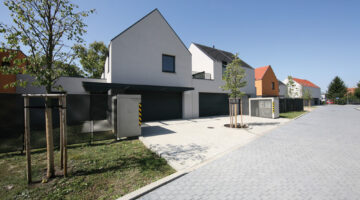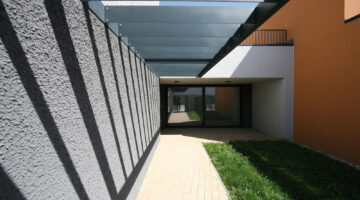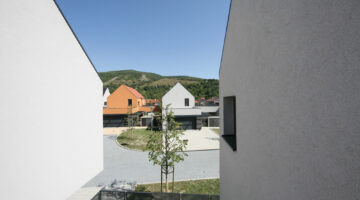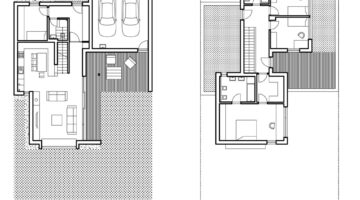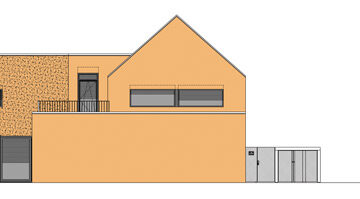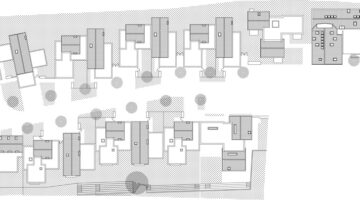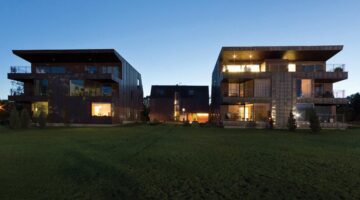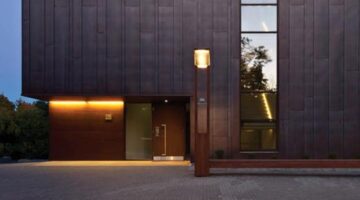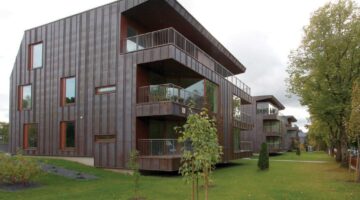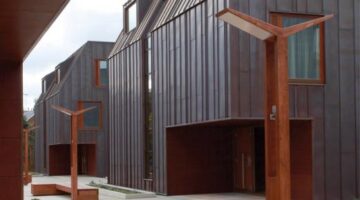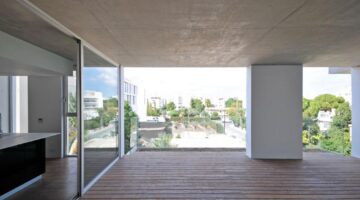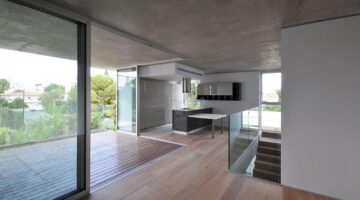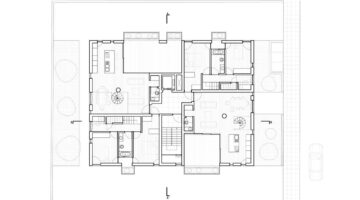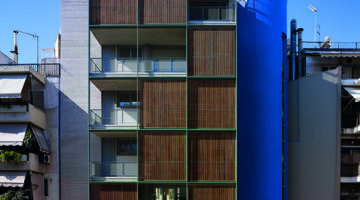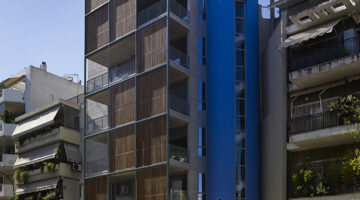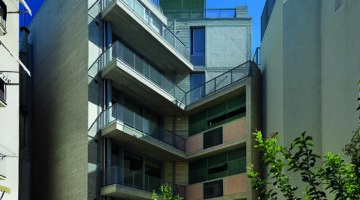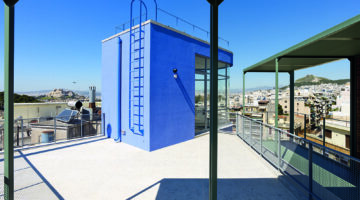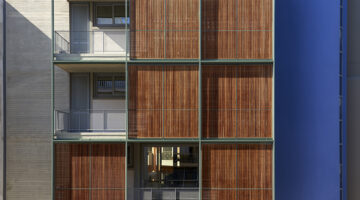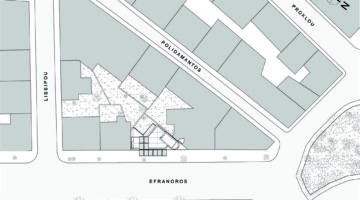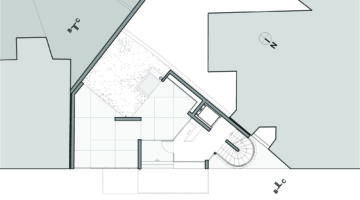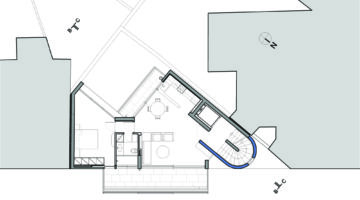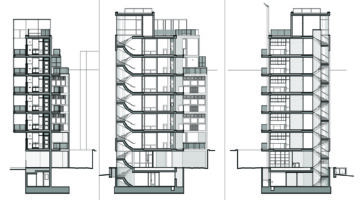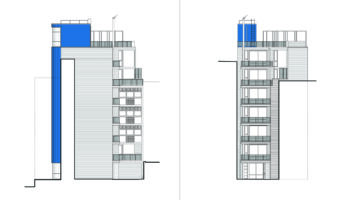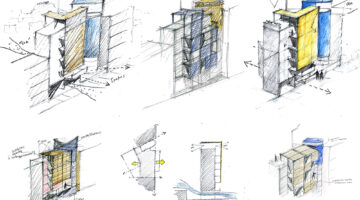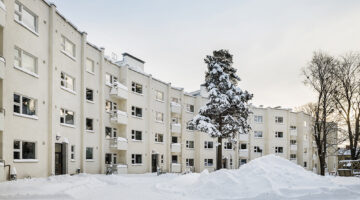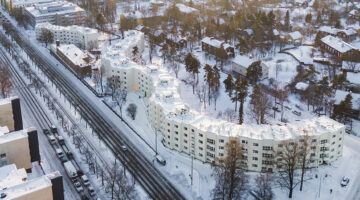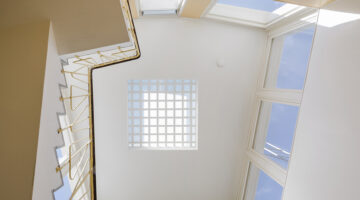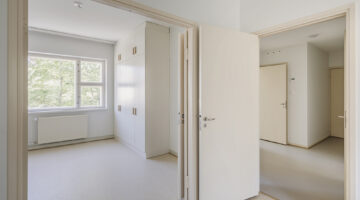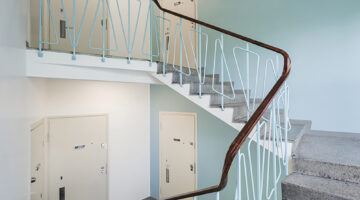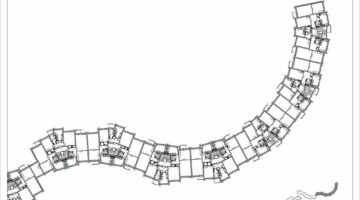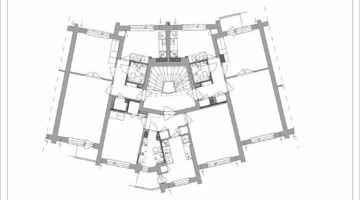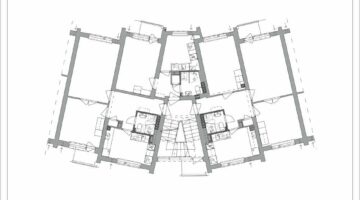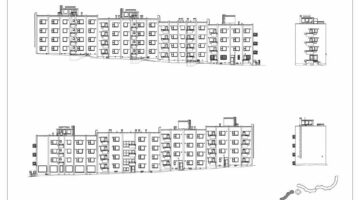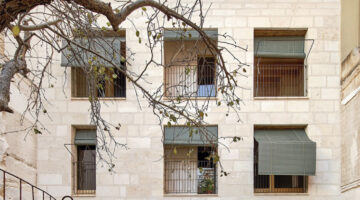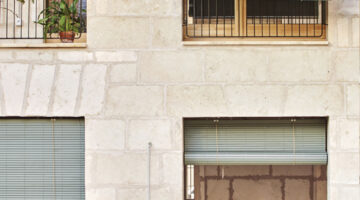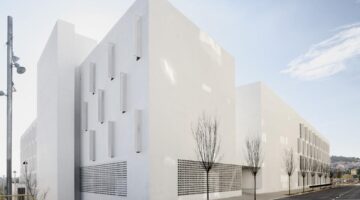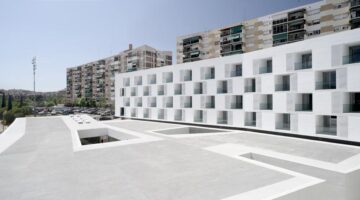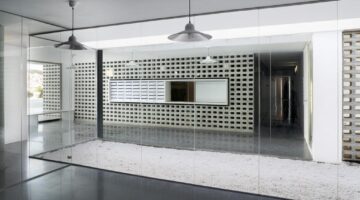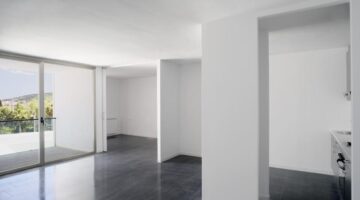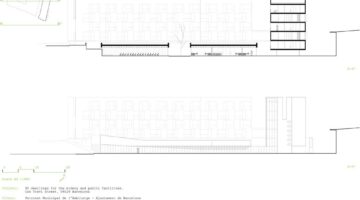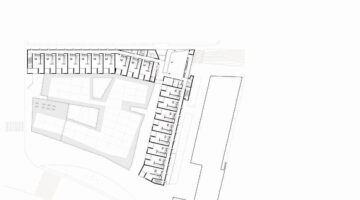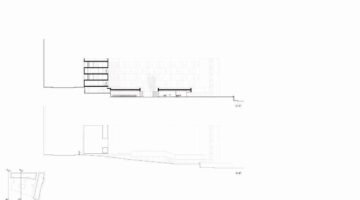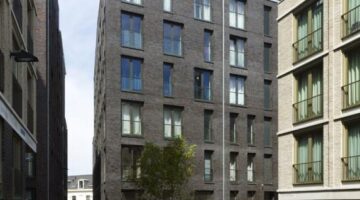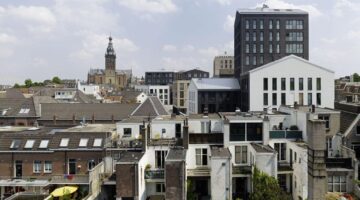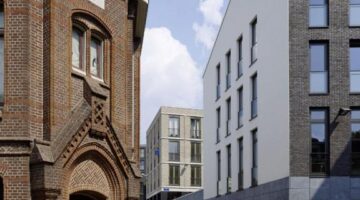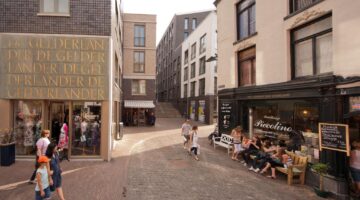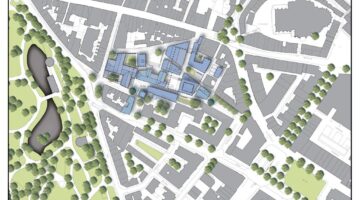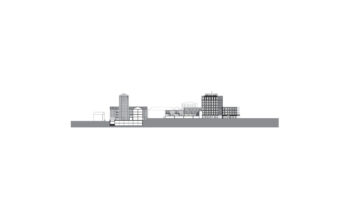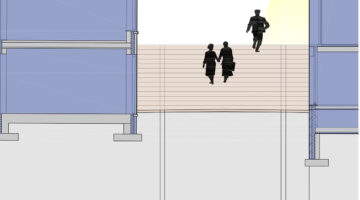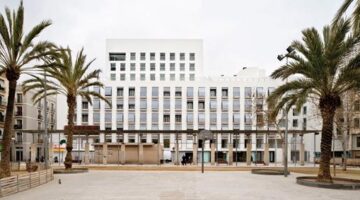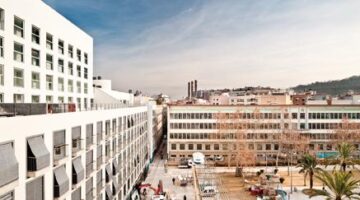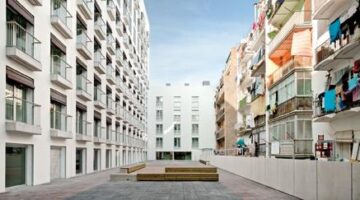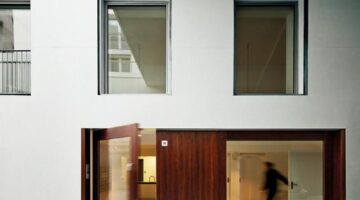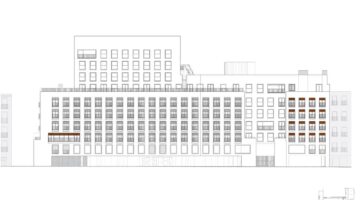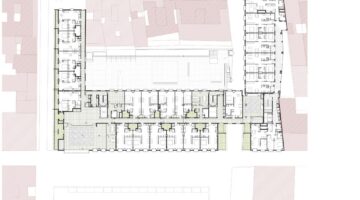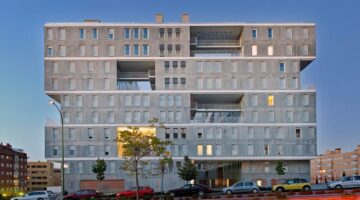


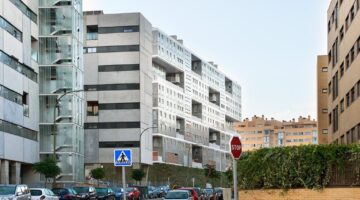
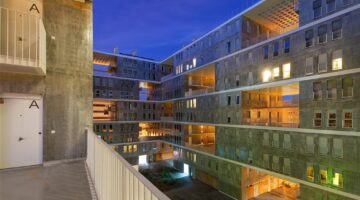
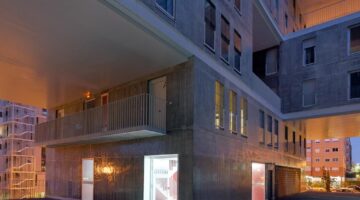
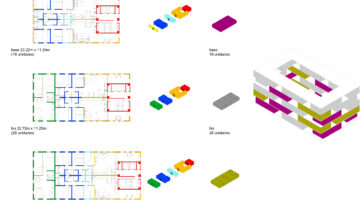


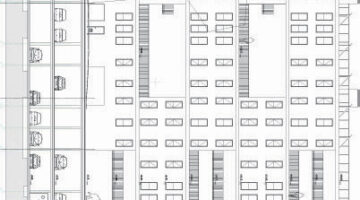
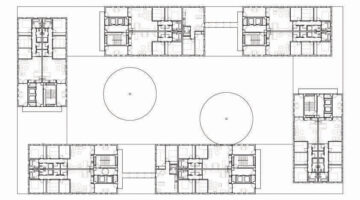
Celosia, Social Housing
Main objectives of the project
This social housing apartment building is located in PAU de Sanchinarro, a new neighbourhood situated on the northeast edge of Madrid. Blocks of eight houses are seen as separate prefabricated units, which are positioned in a checkerboard pattern next to and on top of each other, leaving openings for communal gardens in between.
Date
- 2009: Construction
Stakeholders
- Architect: Nathalie de Vries
- Architect: Jacob van Rijs
- Architect: Winy Maas
- Architect: Blanca Lleó
Location
City: Madrid
Country/Region: Madrid, Spain
Description
The opening of the European borders has caused a real estate boom in Spain. The value has been in¬creased enormously, thus leading to an enormous production of housing. This operation is facilitated in Madrid by a giant new neighborhood that sur¬rounds the old city. A series of new cities that are mainly constructed of blocks that surround a pri¬vate patio, with a more or less introverted archi¬tecture with small windows, somehow opposes the extraverted Spanish culture.
In PAU de Sanchinarro, one of these new cities, situated on the northeast edge of Madrid, two plots are given to develop a possible escape from the uniformity and claustrophobia of this sea of six-story-high blocks.
The first escape in this neighborhood was the Sanchinarro Mirador (2005): an apartment build¬ing in which a huge void on the 15th floor offered an open view to the surrounding mountains and over the new neighborhood.
The second escape has been created by an open¬ing a given block on all levels. Blocks of eight houses are seen as separate prefabricated fig¬ures. They are positioned in a checkerboard pat¬tern next to and on top of each other in such a way that they leave openings for communal gardens in between. A perforated block appears, in which shadow and ventilation compensate for the strong climatic constraints. It creates views from the street through the building. It creates views from the houses to the surrounding area. It defends against the claustrophobic conditions of the existing developments

